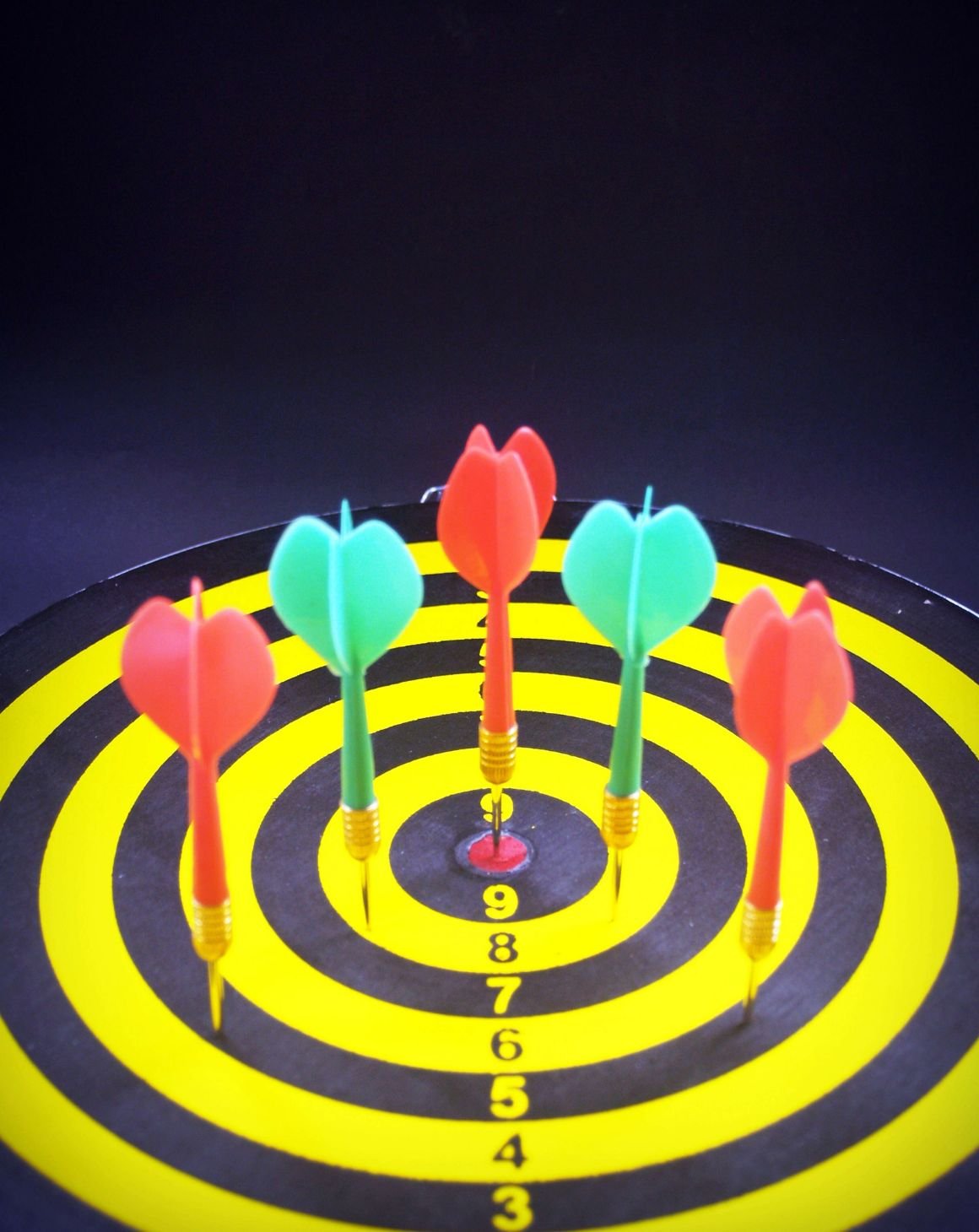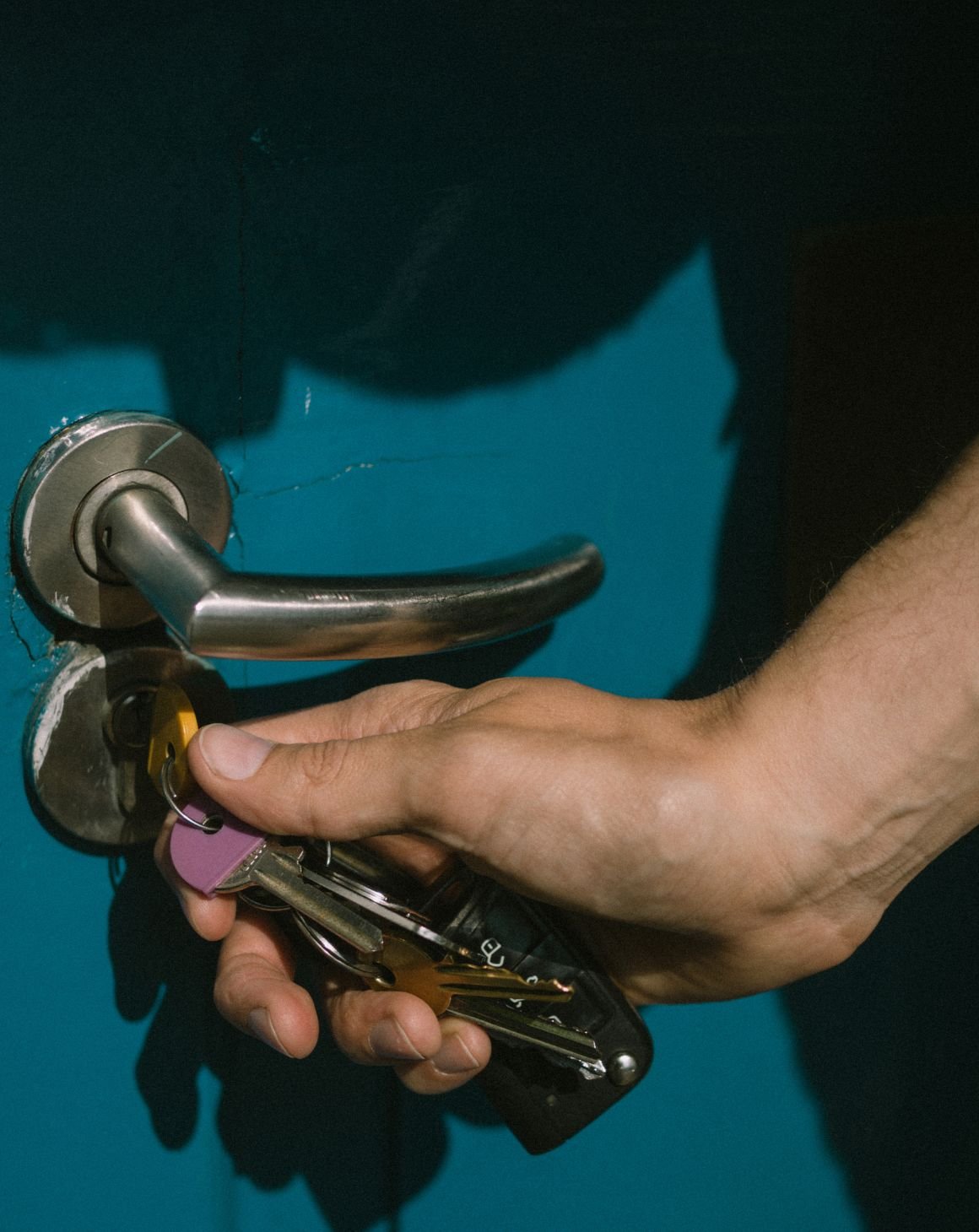The buzz around Prime Day only continues to get larger and louder as the years go on.
With more consumers turning to Amazon for their essentials and other shopping needs, Prime Day is one of the best brand-building sales opportunities of the year, with 2021 seeing a growth of 6.1% total retail sales versus the 2020 event.
Although Prime Day is a two-day event, shoppers begin seeing promotions and discounts leading up to the first day and are often also extended past the second day. Having an advertising strategy in place to ramp up promotions can make or break the success of Prime Day, and overall profitability – especially with the supply chain and cost challenges seen over the last year.
We’ve put together a quick guide to some top strategies for your brand to take advantage of this Prime Day 2022.
Sponsored Brands
Sponsored Brand campaigns are a great way to ensure that shoppers see your brand and products. The ad will appear across the very top of the search results, making it impossible to miss. Amazon offers two different types of Sponsored Brand campaigns, Product Collection and Store Spotlight.
- Product Collection Ad – this ad option shows up to three individual products.
- Store Spotlight Ad – this ad option drives users to pages on your Amazon Store.
Product Collection Ad
If you are running only a handful of deals for Prime Day, the Product Collection ad type is your best choice, as Amazon will show your exact discount to shoppers directly in the ad. Store Spotlight ads don’t show individual products, so shoppers will miss the fact that you’re running a deal. Use a custom lifestyle image to create an eye-catching ad, according to Amazon, Sponsored Brand ads with custom lifestyle images on mobile have a 40% higher clickthrough rate than those without a custom image.
Store Spotlight
If you are running deals across much of your catalog, you can use the Store Spotlight ad type to promote a “Deals” page on your Amazon Store. You will have to create a special page on your store to prepare for this strategy, so be sure to plan in advance. Remember to be mindful of not using phrases mentioning Prime Day, it’s against Amazon’s policy to include Prime Day language anywhere in your ads, store, or product detail pages, and that will lead to rejection of your store page.
Sponsored Display
Sponsored Display has come a long way in the last year. There are a couple of ways you can utilize Sponsored Display’s new features to capitalize on Prime Day.
You can reach more people than ever with Amazon’s new audience targeting capabilities. When targeting audiences, you can show your product to potential customers both on and off Amazon. As an example, if you sell high-end makeup, you can target users who are in the market for premium makeup products, makeup sets, and specific individual types of makeup like eye makeup, foundation, and palettes.
This is an upper-funnel play which will generate awareness for your product before and during Prime Day, so just be aware that you won’t get the same return on investment as lower-funnel strategies.
Additionally, Amazon now allows multiple ad groups per campaign, so there is no reason why you shouldn’t tailor your ads to each audience in a separate ad group. Amazon lets you customize your ad creative in two ways; adding a brand logo and headline or adding a custom lifestyle image. Be sure to tailor either the headline or the custom image to the audience you’re targeting.
Lastly, utilize Display’s product targeting to target competitor’s specific product detail pages, or target an entire product category on Amazon. This is an often-overlooked campaign type and targeting strategy combo. If you are discounting a product from $50 down to $35 for Prime Day, you can refine your category targeting to only target other products that are priced $35 or higher. That makes your discounted $35 product offering attractive when customers see your ad on a competing product priced higher at $45.
Bidding & Budgets
Over the years, we have tested multiple different types of bid and budget strategies going into Prime Day. Normally you would think that sales and conversion rates skyrocket on Prime Day, and therefore you should increase your bids to capitalize on the increased shoppers browsing Amazon. While your sales will likely increase as shoppers flood the site, we typically don’t see an increase in conversion rates. Therefore, if you want to maintain an ACoS that you’re happy with, increase all budgets on well-performing campaigns, while leaving your bids as-is. Since there are a lot of shoppers browsing around for deals, they are clicking ads and price comparing. We have found that increasing bids during Prime Day only leads to a higher ACoS.
In fact, if you have software like Pacvue that gives you the ability to daypart your bids, it’s a good idea to modestly decrease your bids in the week leading up to Prime Day, as customers are holding off on their purchases until they can see the deals happening on the actual day. We also suggest modestly decreasing your bids in the days following Prime Day, as shoppers tend to have a "sale hangover” and already did most of their buying during the two days of Prime Day.
Although Amazon typically recommends the opposite approach of increasing your spend in the week leading up to Prime Day in order to generate awareness for your products, we have not found this to be a profitable endeavor unless you have a significant deal that you’re promoting, or you have a very strong brand presence.
Keep in mind that if your goal is to increase awareness, then you should be setting aside a separate budget for that and not be as concerned with the ROI of that portion of your investment.
Prime Day is your chance to increase brand exposure to new and existing customers worldwide, and with it quickly approaching, now is the time to solidify your strategy. If your brand is looking for a team of experts to guide you toward ecommerce expansion, growth, and success, during or beyond Prime Day, contact us today.








.png)
.png)
